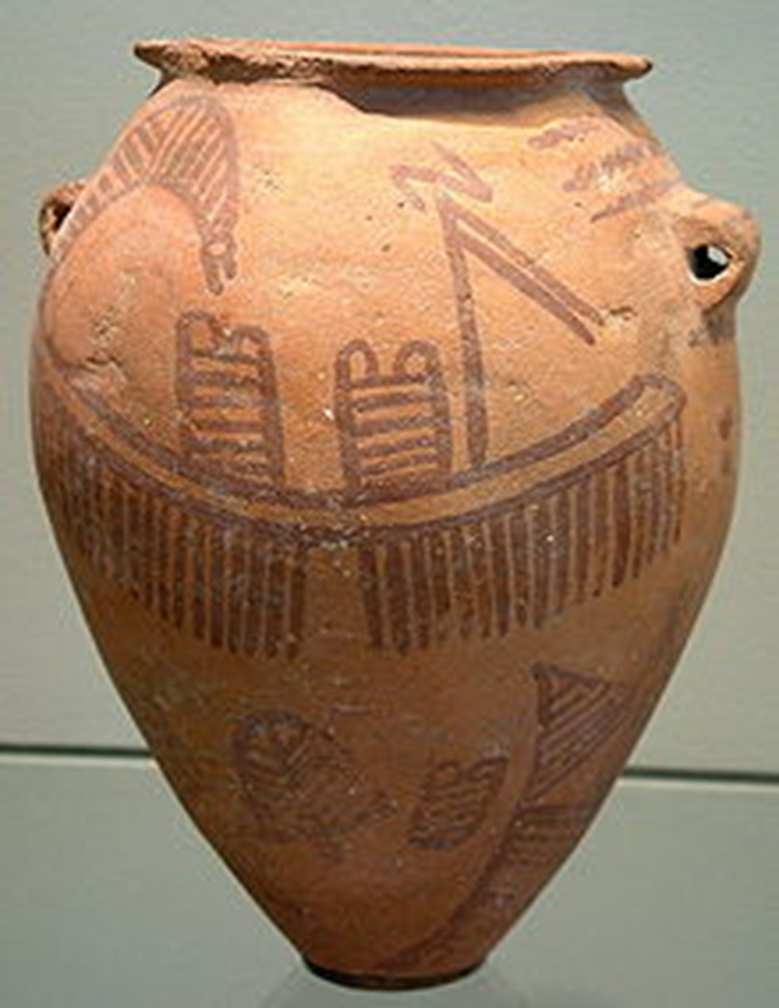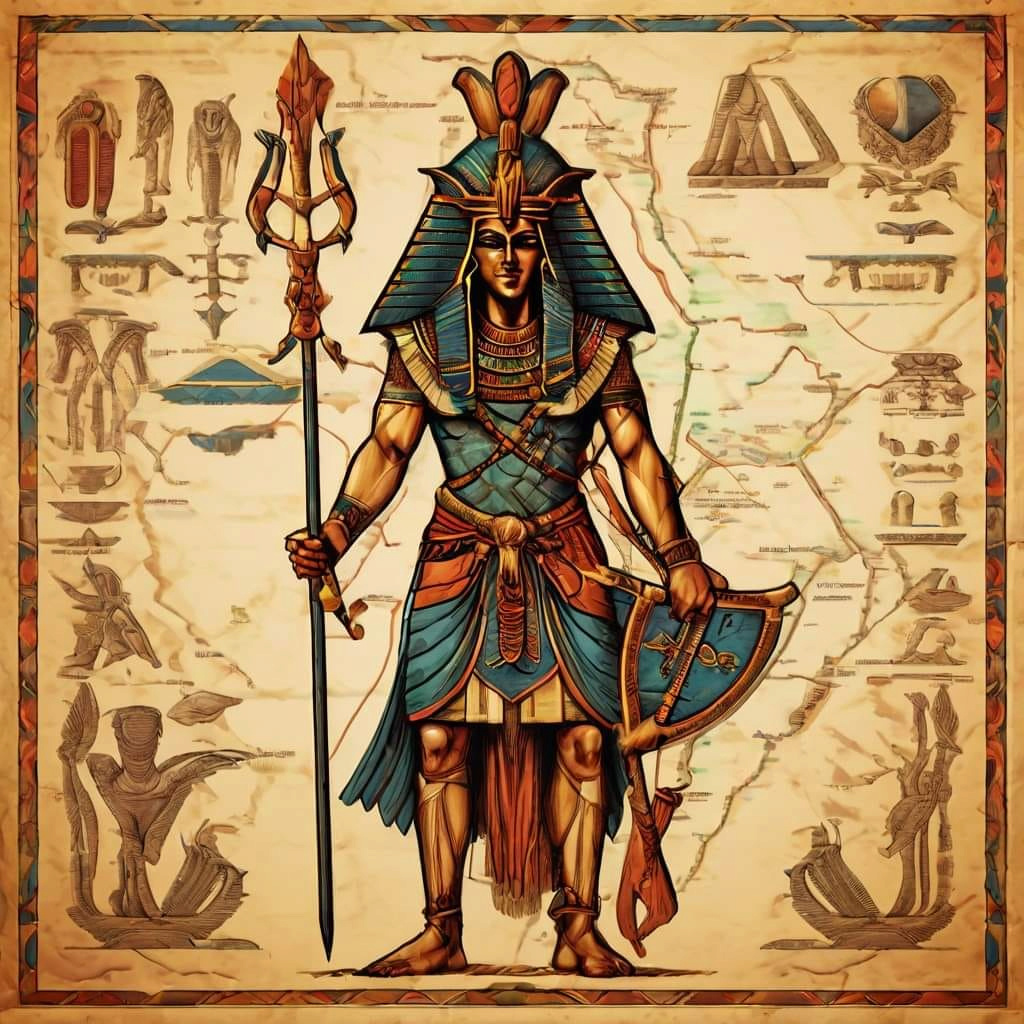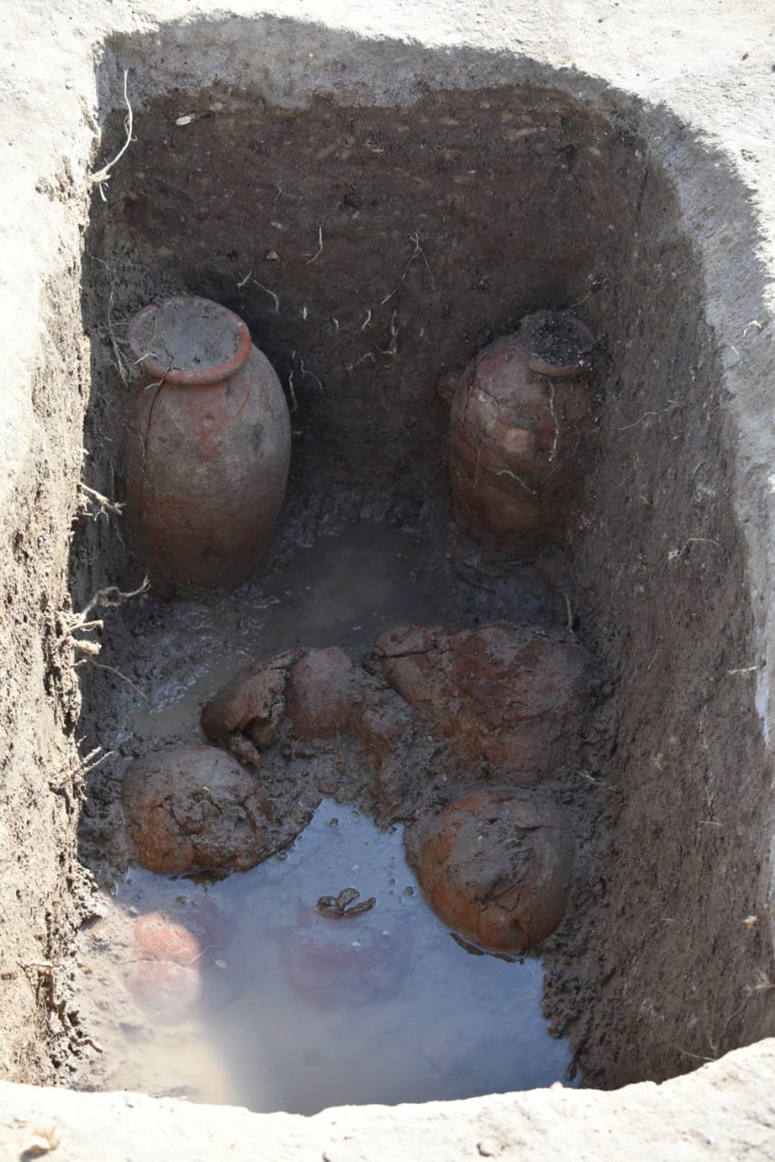The story of pre-dynastic Egypt.

Pre-dynastic, Egypt was divided into several small regions, each of which was ruled by a king or local leader. However, there were some major cities that stood out thanks to their natural wealth and strategic location, such as Memphis, Abydos, and Nobit. These cities were centers of trade, cultural and religious exchange.
Egypt has long captured the world's imagination, and by the time the pyramids were built, ancient Egypt already existed
Thousands of years ago, Egypt did not suddenly appear when the pyramids were built, as civilizations and kingdoms settled on the Nile River.
But how was prehistoric Egypt (or what is called pre-dynastic Egypt), the answer to that is a bit complicated. Although none of the great monuments of Egypt preceded the pyramids, the prehistoric period in Egypt ended around the year 3100 BC with... The Early Dynastic Period (with the first king - Narmer), also called Hor-Aha and Menes, and the Great Pyramids were built around 2500 BC, so the Dynastic Period in ancient Egypt had already been around for about 6 thousand years.
Pre-dynastic Egypt lasted from about 6000 BC to about 3100 BC, as the vast majority of archaeological discoveries from the pre-dynastic era were found in Upper Egypt because the silt of the Nile River covered them and preserved more of them than the oldest known evidence of existence. Human In the Nile Valley it dates back to approximately 40 thousand years
- While records of agriculture in Egypt go back to about 5000 BC. It is possible to find traces long before the existence of Egypt when the desert was green by visiting some prehistoric cave paintings in the desert.

Dynastic history
King Menes, the unifier of the two countries (3273-2987 BC)
King Menes is one of the figures who influenced the history of the bank. He succeeded in unifying Egypt and making it a unified state. The unity he achieved was not the first unity in Egypt, but it was the unity that continued.
The story of the unification of the two countries
One of the kings of Lower Egypt unified Egypt into one unit in the year 4242 BC and made the city of On (Heliopolis_Ain Shams) his capital, but unfortunately this unity did not last long, as Egypt was divided into two competing and conflicting kingdoms:
The Kingdom of the North was located in northern Egypt in the Delta, and its capital was the city of Buto in Kafr El-Sheikh Governorate, which is currently near the city of Desouk. Its emblem was the papyrus plant, and its king’s crown bore the color red. The people of this kingdom revere the cobra snake.
The Kingdom of the South, located in Upper Egypt, its capital is the city of Nokhba in Aswan, which is currently near the city of El-Kab, and its emblem is the lotus flower and its king’s crown is white. The people of this kingdom revered the female eagle.
The wars between the two kingdoms continued until the second unification, carried out by King Menes.
Who is King Mina and what is the origin of the word Mina?
Did you know that the word Mina is not a name for a person, but rather an adjective and its meaning is founder or builder, and it is derived from the ancient Egyptian word “mini,” meaning to establish or build, and he was called the unifier of the two countries because he is the founder and builder of unity.
Let us return to the second question: Who is Mina?
Did you know that Egyptologists disagreed on the true personality of Menes? Is he King Hor-Aha, that is, Hor the Warrior, whose tomb located in the Saqqara area in Giza Governorate is considered the oldest royal monument there? Or is he King Namar or Narmer, who was represented wearing the crowns of the northern and southern kingdoms? However, Most Egyptologists believe that King Menes is the same as King Narmer.
How was Mina able to unite the two countries?
Scholars of ancient Egyptian history also differed in answering this question and were divided into two groups:
The first believes that monotheism was peaceful and that he inherited the rule of the south from his father and the rule of the north from his mother.
The second believes that he fought the king of the north and defeated him so that he could unify Egypt.

After the unification of the two countries, he took a number of measures for the purpose of continuing and preserving the unity, including:
1- Marrying one of the princesses of Lower Egypt in order to win over the people of Lower Egypt so that they would not revolt against him.
2- He built a new city in a middle place between the north and the south. It is the city that the Greeks knew as Memphis, and the Arabs called it Memphis. Many people were mistaken in their belief that he built it to be his capital, but the truth is that he built it to be his fortress in the Kingdom of the North and a military center to defend. Egypt against the raids of the Libyan tribes that were attacking the western Delta.
He is considered the first founder of the first of the thirty dynasties that ruled ancient Egypt.

Uniform enamel finish
Menes ruled Egypt for a long period, reaching 62 years in some accounts, and he died after being killed by a hippopotamus.
The most famous monuments left by King Narmer
One of the most important pieces of evidence that scholars have relied upon in their statement that Narmer is Mina is the painting attributed to King Narmer. It is a painting made of slate that was found in Hierarchanpoli near the currently buried Araba. This painting is now located in the Egyptian Museum in Cairo. This painting is distinguished by its accuracy and the beauty of the engraving.
Source: websites

